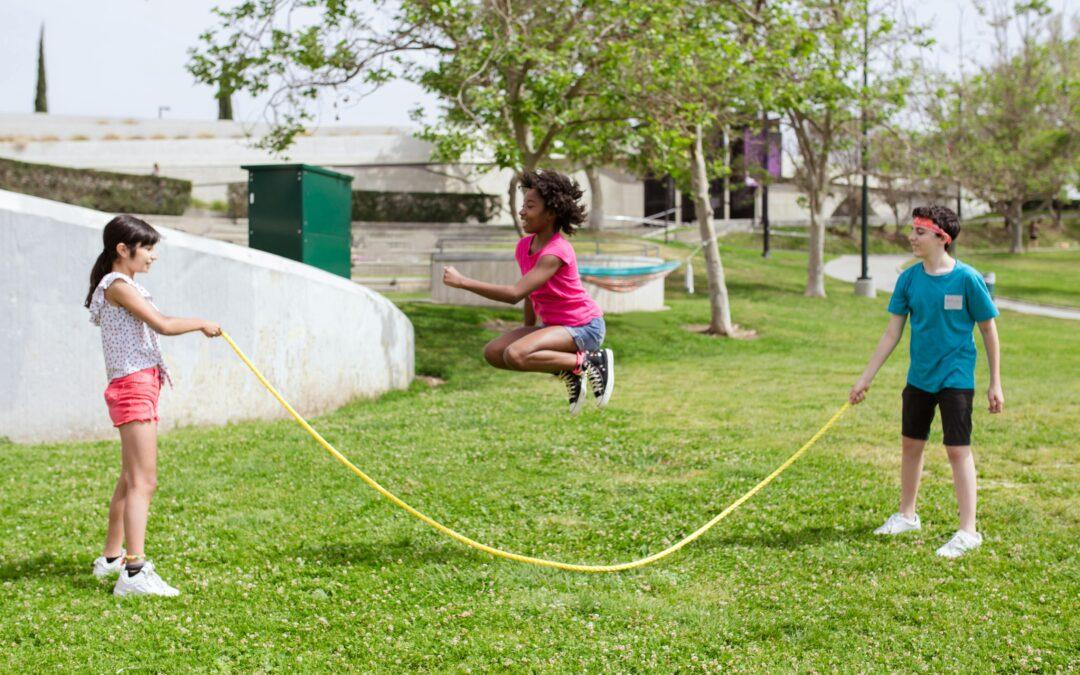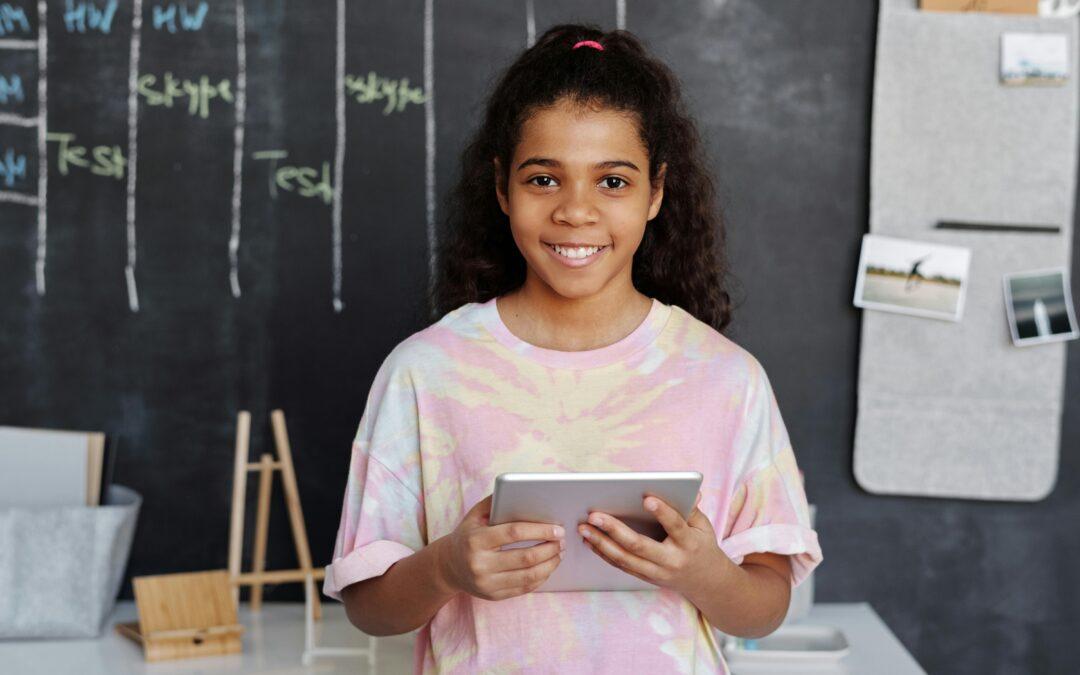
Benefits of Exercise for Neurodiverse Students
Benefits of Movement For Neurodiverse Students
The great thing about saying goodbye to the cold is that we can now say hello to outdoor activities. Incorporating movement into your daily activity as you work with neurodiverse learners can be a game changer for the entire teaching and learning process. Contrary to popular opinion, exercises are not necessarily hectic outdoor activities like football or racing, it can be dancing, hula hooping, going for a walk, and just running around- anything that gets your students moving.
In today’s article, we want to share a few research-backed benefits of movement for learners on the spectrum.
Improved Focus
Many studies have highlighted the benefits of exercise for improved brain function. A study found that regular physical activity can improve focus and boost cognitive activity in children with ADHD and autism. Teachers have observed that short breaks for movement led to the learners being more attentive during the next lesson. Children on the spectrum are particularly hyperactive, and movement can be a good way to channel their energy to
Reduce Anxiety
Movement is also a great tool for keeping anxiety in check. When children engage in exercises, endorphins, also known as natural mood lifters, are released, and this can help reduce their anxiety levels.
It’s a natural way to help children on the spectrum regulate their emotions. As we mentioned, these exercises or movement breaks do not have to be overly sophisticated- a simple walk or fun dance session can help foster a calmer learning environment.
Better Social Interaction
The great thing about group-based activities is that they give learners the opportunity to interact with each other in a more relaxed space. For autistic and neurodiverse learners who struggle with understanding social cues, these activities can help to improve their social interaction skills. As they indulge in it over time, they’ll become more confident.
Tips for Integrating Movement
It doesn’t have to be sophisticated; simple activities can make a world of difference. Start here;
- Have Scheduled Breaks- Short movement breaks for a quick stretch, dancing, or walks can improve their mood and get them set for their next set of lessons.
- Leverage Music- Make things fun by playing soft, happy music during movement breaks to encourage more participation.
- Carry Everyone Along- Find out what works for your diverse student body and try to switch things up regularly to carry everyone along.
Research shows that tailored physical activity can improve motor functions, social skills, and communication in children with autism. The benefits are endless, so now is a great time to incorporate movement into your daily routine. Want to learn more about educating children on the spectrum? Read more on our blog.




